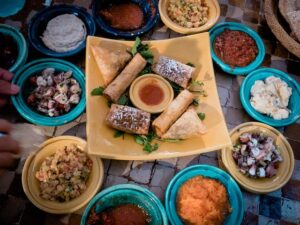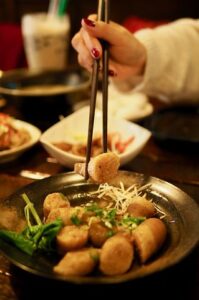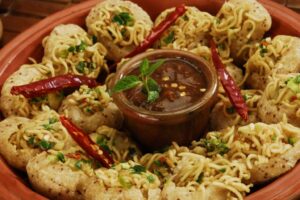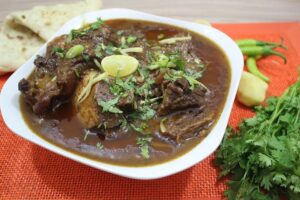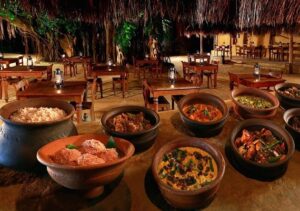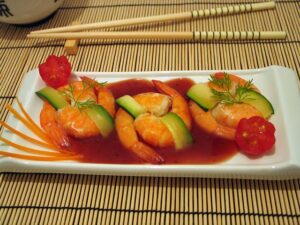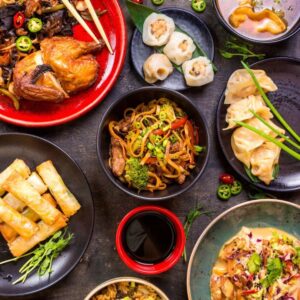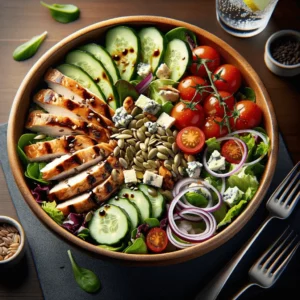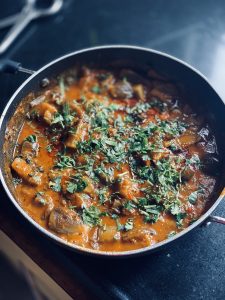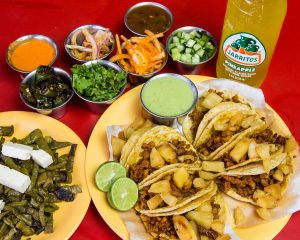Filipino Restaurants: A Feast of Flavors and Traditions
The Philippine archipelago, with its rich history of trade, colonization, and inherent diversity, has given birth to a cuisine that’s as varied as it is flavorful. Filipino restaurants around the world celebrate this vibrant culinary tapestry, offering diners a taste of the Philippines’ soul.
Culinary Tales of the Islands
A Melting Pot of Influences
Filipino restaurants showcase a cuisine deeply rooted in a blend of indigenous, Spanish, Chinese, and American influences. This fusion is evident in dishes that combine ingredients and techniques from across these cultures.
Regional Delicacies
From the spicy Bicol Express of the southern Luzon to the hearty Sinigang of the Tagalog regions and the renowned Lechon of Cebu, Filipino eateries offer a gastronomic journey through the country’s distinct regions.
More than Just a Meal
Kamayan Feasts
Some Filipino restaurants offer the traditional “Kamayan” or “hand-eating” feast, where food is laid out on banana leaves and diners eat with their hands, celebrating community and tradition.
Festive Atmosphere
Filipinos are known for their love of celebrations. True to this spirit, many of these establishments burst with warmth, lively music, and sometimes even traditional dance performances.
Signature Dishes to Savor
Adobo and Beyond
While Chicken Adobo might be internationally recognized, Filipino restaurants offer a plethora of other dishes, from the tangy Sinigang soup to the sweet and savory Halo-Halo dessert.
Fresh Seafood Specials
Given the country’s archipelagic nature, fresh seafood dishes like Grilled Bangus (milkfish) and Kinilaw (a Filipino ceviche) are menu staples.
Conclusion
Filipino restaurants are not just places to eat; they are venues where stories of a nation are told through food. Offering a perfect blend of flavors, traditions, and warmth, they beckon diners to embrace the Philippines’ rich culinary heritage.
FAQs
1. Is Filipino food spicy?
While some dishes have a kick, Filipino cuisine is generally not overly spicy. However, spices can be adjusted to preference at most restaurants.
2. What vegetarian options are available in Filipino cuisine?
Dishes like Laing (taro leaves in coconut milk) and Pinakbet (mixed vegetable stew) are delightful vegetarian options.
3. Are Filipino desserts very sweet?
Some, like Leche Flan and Bibingka, are sweet, but there’s a variety of desserts to cater to different palates.
4. Is it common to share dishes at Filipino restaurants?
Yes, communal eating is a significant part of Filipino dining culture, and dishes are often served family-style.
5. How can I find authentic Filipino restaurants near me?
Using food apps or checking out local reviews can guide you to the best Filipino culinary experiences in your vicinity.


